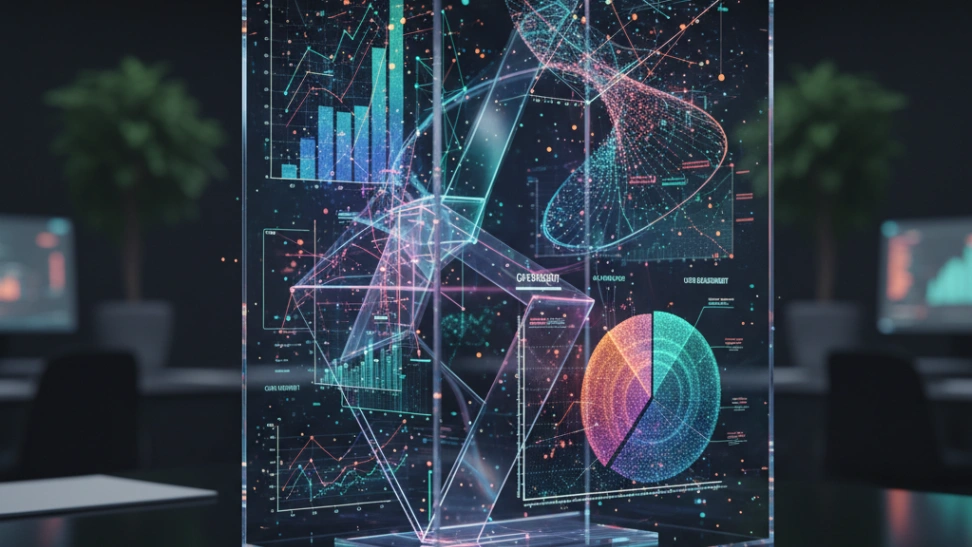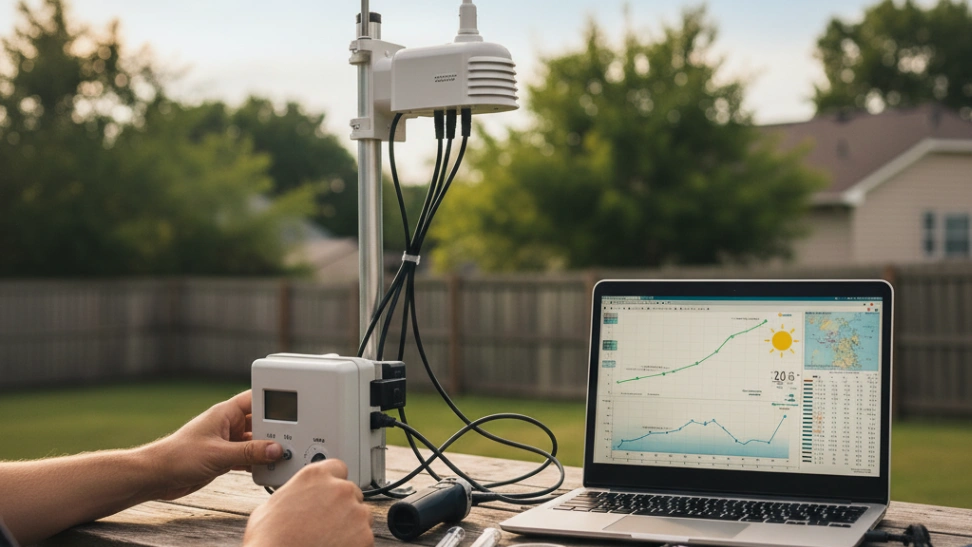Is This Hobby For You?
This hobby is ideal for analytical thinkers who enjoy creative expression and communicating complex information visually.
Why You'll Love It
- Develop highly sought-after analytical and design skills applicable in many fields.
- Transform abstract data into clear, compelling narratives.
- Constantly learn new tools, techniques, and design principles in a dynamic field.
Good to Know Before You Start
- Can be challenging to master both the technical and artistic aspects simultaneously.
- Requires patience for data cleaning and preparation, which can be time-consuming.
- Software licenses for professional tools can become expensive if you move beyond free options.
Hobby Traits
How the community rates this hobby.
Getting Started: The Essentials
The basic requirements to begin your journey with Data Visualization.
Startup Cost
$50
Community-voted average
Ongoing Cost
Very Low
Monthly upkeep estimate
Essential Gear
Personal Computer
A basic desktop or laptop computer is essential for running visualization software.
Spreadsheet Software
Programs like Microsoft Excel or Google Sheets are great for initial data cleaning and simple charts.
Internet Access
Necessary for finding data sets, tutorials, and community resources.
Free Visualization Tools
Access to free online tools like Google Charts, Datawrapper, or Tableau Public for hands-on practice.
Learning Curve
Overall Difficulty: Easy
Associated Skills
Skills you can expect to develop while pursuing this hobby.
A Closer Look at the Traits
Very Calm
A deeply relaxing and meditative activity with minimal physical effort.
Fairly Practical
You learn a useful skill, but the process is also a major part of the enjoyment.
Purely Indoors
Best enjoyed in the comfort of your own home or a dedicated indoor space.
Very Mental
A mentally stimulating activity that challenges your mind, strategy, and focus.
Purely Creative
A highly creative and expressive outlet for your imagination and artistic side.
Very Solo
A deeply personal and solitary activity, perfect for quiet time and introspection.
Frequently Asked Questions
Hobby Traits
How the community rates this hobby.



